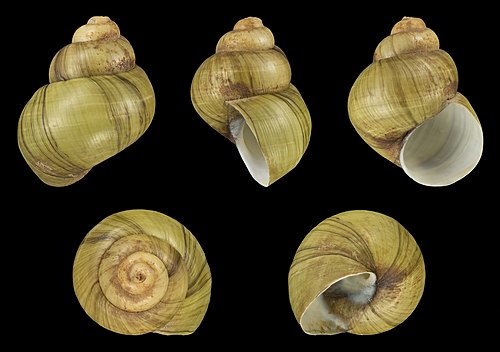User:88wolfmaster
|
|
- WikiProject Anime and manga participants
- Wikipedians interested in anime and manga
- WikiProject Comics participants
- Wikipedians interested in comics
- WikiProject Television participants
- WikiProject Video games participants
- Wikipedians interested in video games
- Stargate task force participants
- Wikipedians who contribute to Motto of the day
- Wikipedians who use Google Chrome
- User en-N
- Wikipedian university students
- Wikipedians interested in history
- Wikipedians who read hard science fiction
- Wikipedian business students
- Wikipedians interested in cooking
- Wikipedians interested in economics
- Wikipedians in the United States
- Wikipedians interested in technology





